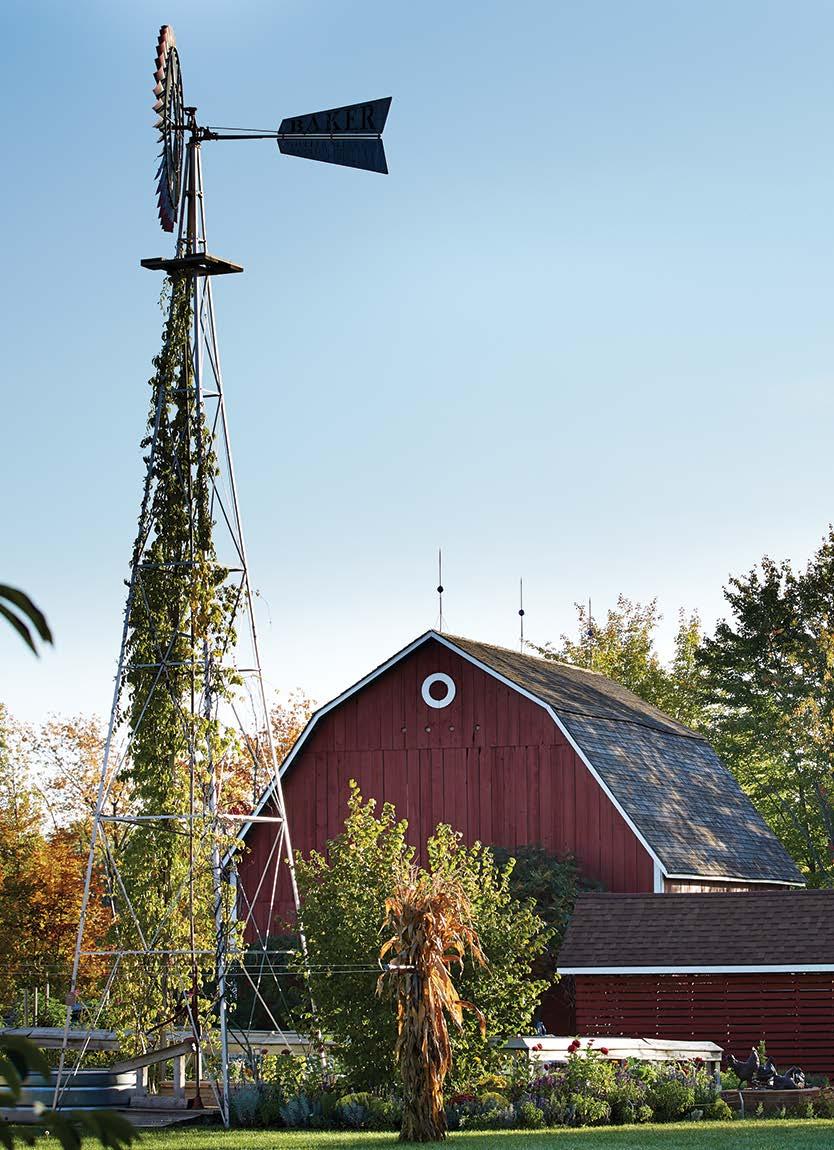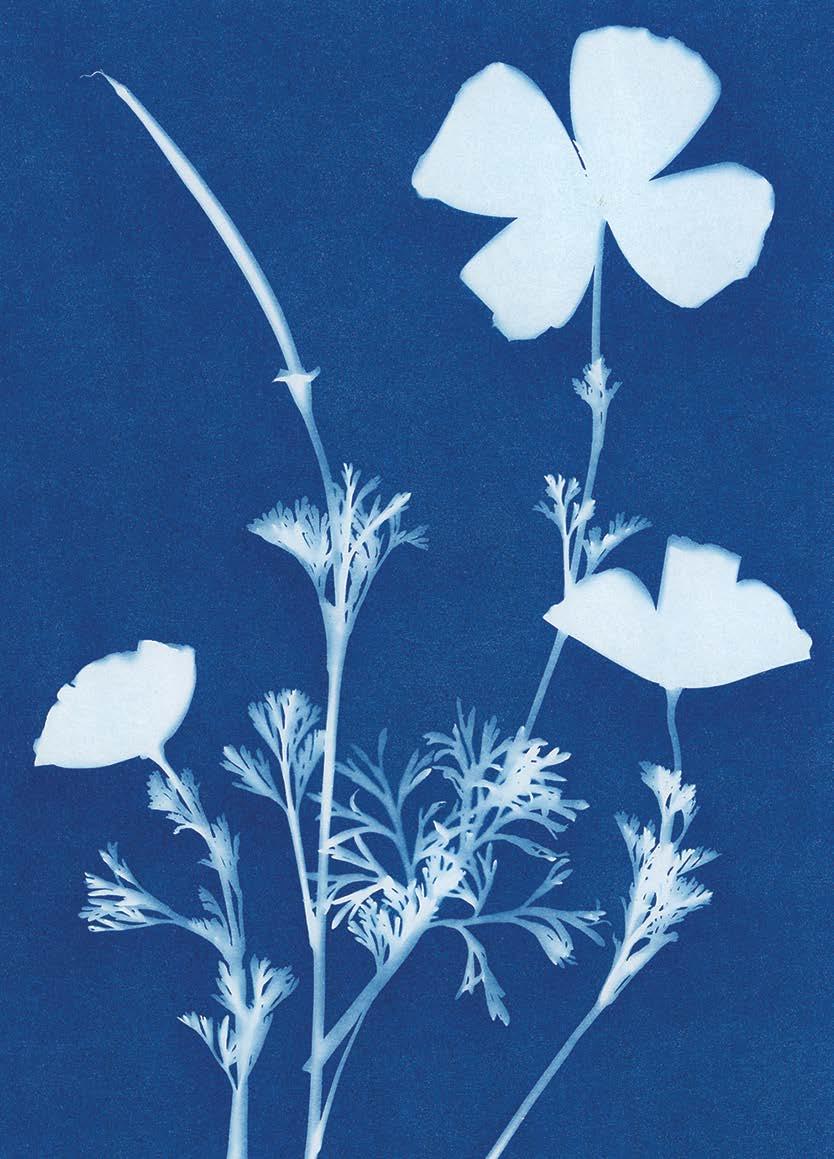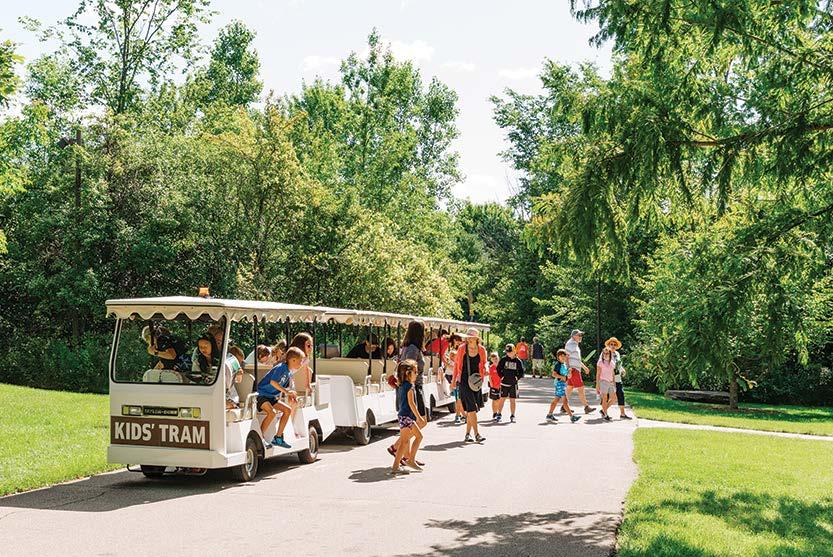
4 minute read
Horticulture
As a child, Julie Moir Messervy—President and CEO of Julie Moir Messervy Design Studio, the firm behind the reimagined Tassell–Wisner–Bottrall English Perennial Garden—delighted in and learned from the natural world. A suburban backyard and surrounding fields, forests, and old apple orchards provided rich outdoor experiences, inspiring her throughout a long career as a landscape designer, an author, and a teacher. “English, Irish and Scottish gardens I’ve visited usually are laid out to provide a clear structure for their plantings,” Messervy said. Here JMMDS created contemporary versions of typical English garden features—the Conversation Garden exedra bench, a rill, a cherry tree allée, a sunken garden, a knot garden, a wild garden at the top of the landscape. Beautifully curated and sited sculpture provide contemplation throughout. Our new Welcome Center also inspired her team, reflected in the Balk Square and the Discovery Garden: a quiet, verdant refuge at the top of the garden. “We strive to create a landscape unique to the institution, its setting and history, its architecture, and its horticultural and environmental needs,” Messervy said. “We learn most from people who’ll be involved with the space—bringing them together and running a visioning process, leading them to help us come up with the organizing strategy for our design.” JMMDS worked closely with Horticulture and Sculpture staff, learning about plants, processes, and practices, and creating a garden that fits with the surrounding structures and becomes an exterior centerpiece showcasing beautiful plantings. A mission to “create, and inspire others to create, exquisite and environmentally sensitive places of beauty and meaning by means of a joyful process” drives the design. The long, complicated garden process involved many hands. Meijer Gardens President & CEO David Hooker; Vice President of Horticulture Steve LaWarre and his staff; Director of Sculpture, Art Collections, Exhibitions & Installations Laurene Grunwald and the Sculpture department; and Elisa Testa from Tod Williams Billie Tsien Architects collaborated with Erica Bowman, JMMDS Senior Landscape Architect, who managed the project and designed the perennial plantings. Bowman has been involved in gardens most of her life. At a young age she started working for her mother, an American garden designer specializing in English-style border gardens: Beds were wide, plants varied, the resulting look rich and floriferous—bordering on wild and raucous. Bowman recalls them as the gardens she imagined in courtyards of castles.
Advertisement
While describing English gardens as abundant, overflowing, bountiful, and colorful, Bowman notes restraint is an equal, necessary, opposite component. “These gardens can be as wild as they are because of the neatness of their immediate surroundings: a clipped lawn, a stone wall, a walkway. The clean lines of these bounding elements complete the look.” Features were incorporated to be true to the garden’s source of inspiration “but avoided the pastiche.” This is meant to be a modern interpretation, honoring the modern Welcome Center. One such interpretation is the Knot Garden, more a subtle nod to history than formal replication. Knot gardens tend to have clipped, undulating hedges forming a welldefined pattern—often high-maintenance, classically small. “We knew it was to be a showpiece,” Bowman said of the largest, most prominent garden looking back to the Welcome Center. It will eventually be surrounded in a perfectly formed boxwood boundary. Within the space are topiaries and evergreen shrubs for winter interest. The garden’s center is a riot of perennials, less and less organized as they head toward the Wild Meadow. In a way, they morph into the Wild Meadow. In some places JMMDS refers to the Balk Square as the Sunken Garden, not actually sunken but a space within where one can become completely immersed in garden space. This was done without walls, topography change or an interior walkway. The intention is for the final lawn space to be neutral and useful; a place to take a grand view of the gardens. The Conversation Garden developed around the shape of the recently updated Leaping Gazelle fountain, by Marshall Fredericks. Alluding to English roots, a spiraling yew hedge surrounds the area. Benches are simple, modern; curved and formed of wide wooden slats. A half allée of fringe trees, added for its lovely, early June fragrance, stands amidst a wide, bending garden; beginning with woodland plants, ending in great drifts of color. “To be given the reins to create a garden that came with its own full-time staff and expectations of high maintenance was a great gift,” Bowman said. “It meant complicated combinations were allowable. Perennialheavy borders were possible and interesting. Unusual plants were acceptable.” Messervy added: “I believe, thanks to our design and its gardeners’ loving care, the Tassell–Wisner–Bottrall English Perennial Garden will be experienced as exquisite by all who visit!”
Visit MeijerGardens.org/epg to learn more about the plants comprising the Tassell–Wisner–Bottrall English Perennial Garden.
Tuesday, September 13, 7 pm Julie Moir Messervy and Erica Bowman
Learn how Julie's vision for composing landscapes of beauty and meaning was artfully realized in her collaboration with Meijer Gardens.
Lecture is free for members, general admission for nonmembers. Registration is required for the lecture at MeijerGardens.org/calendar. Please direct lecturerelated questions to Eve Choi at echoi@meijergardens.org or call 616-975-3145.
*Applies toward Michigan State University Extension Master
Gardener education credit.











